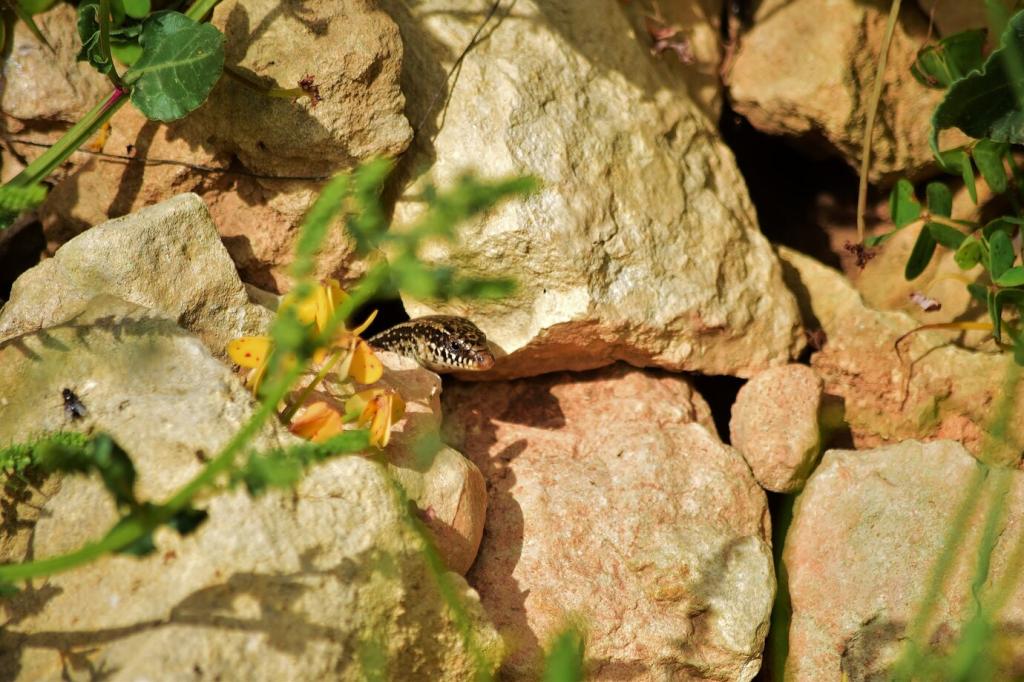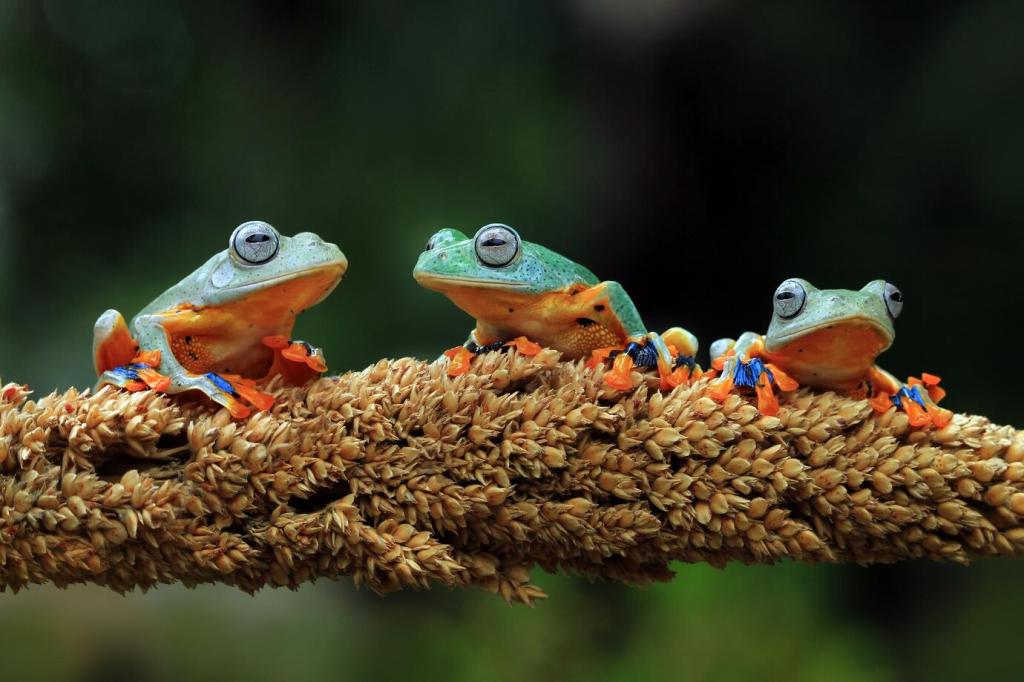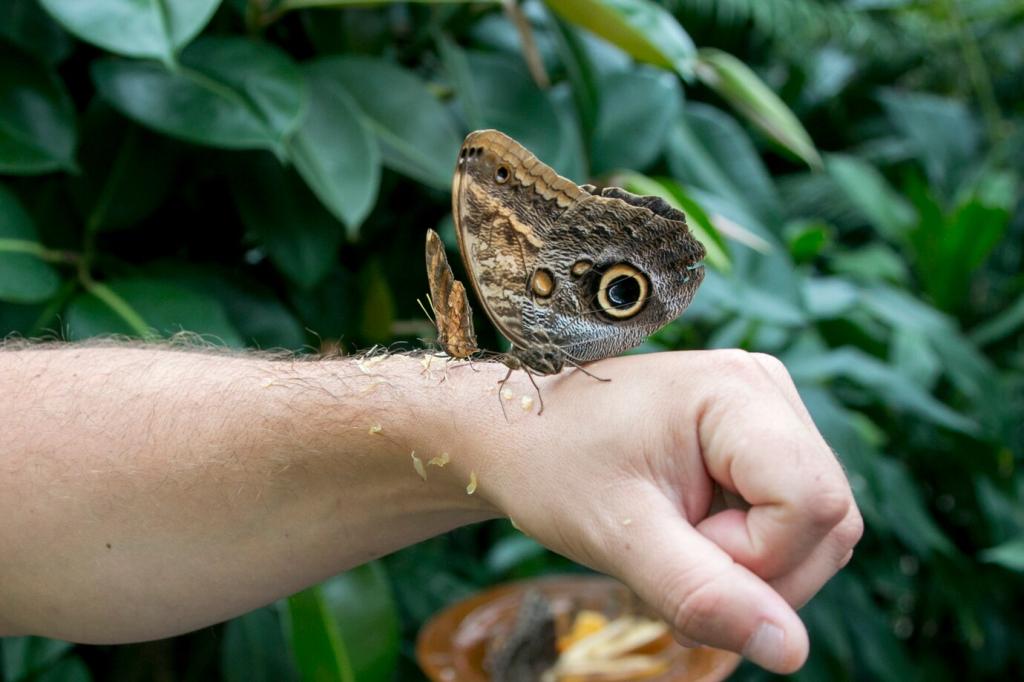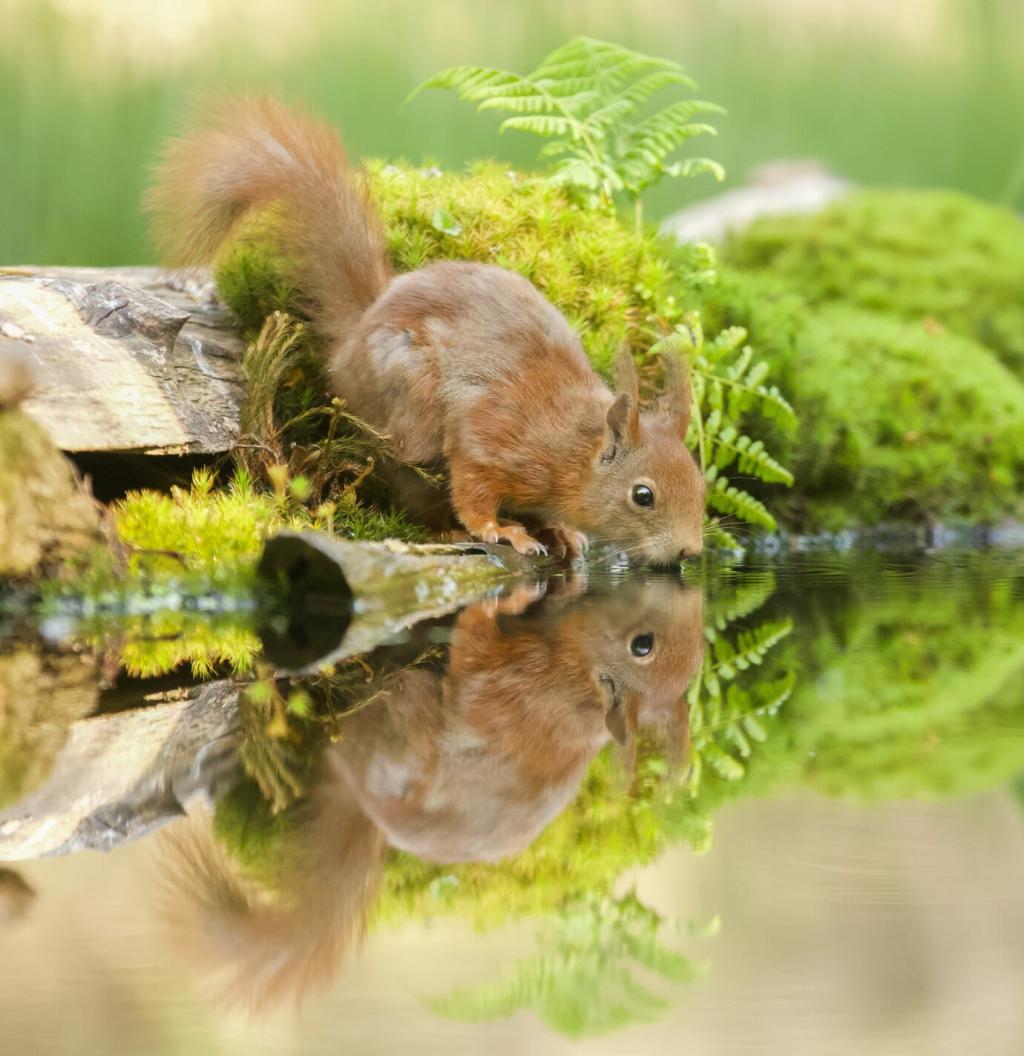Discover the Unique Flora and Fauna of Yellowstone National Park
Fire and Steam: Life in Yellowstone’s Thermal World
The surreal oranges, greens, and blues fringing Yellowstone’s hot springs come from thermophilic bacteria and algae, thriving where most life would perish. Each color band marks a temperature niche, revealing invisible communities. Which pool’s palette inspires you most, and what questions do those living colors spark?
Giants and Predators: Keystone Mammals of Yellowstone
American Bison, the Unshakable Icon
Yellowstone shelters the largest wild bison herd in the United States, descendants of animals that survived near-extinction. Seasonal migrations sweep through valleys and high meadows as calves, the famous red “little cinnamons,” find their footing. Share your first bison sighting and how that living monument felt up close.
Wolves and the Ripple of a Trophic Cascade
Reintroduced in 1995–1996, wolves reshaped behavior across the ecosystem, nudging elk to move more and browse differently. The results—willows rebounding in places, beavers returning—are nuanced yet compelling. Which Yellowstone wolf story fascinates you, the science of cascades or the howl in fading light? Tell us below.
Grizzly Bears and a Changing Menu
Grizzlies improvise with seasons: roots, army cutworm moths, elk calves, berries, and historically, whitebark pine nuts or spawning cutthroat trout. Climate shifts and disease challenge those foods, demanding nimble bear strategies. What adaptation astonishes you most about grizzlies, and how do you think the park supports resilience?
Forests That Burn to Live

Lodgepole Pine: Seeds Forged by Fire
Vast swaths of Yellowstone’s forests are lodgepole pine, many with serotinous cones sealed by resin. Heat from fire melts the seal, releasing seeds onto nutrient-rich ash. That rhythm of burn and birth is ancient. Have you witnessed seedlings reclaiming a blackened slope? Share the scene with us.

Whitebark Pine and Clark’s Nutcracker
At high elevations, whitebark pine relies on Clark’s nutcrackers to cache fatty seeds, unintentionally planting future trees. Blister rust and beetles threaten these pines, reshaping wildlife diets. Which high-country ridge or windswept pass best showcases this partnership to you? Invite others to explore it thoughtfully.

Aspen, Willows, and the Return of Beavers
Where browsing pressures ease and water lingers, aspen groves thicken and willows reach skyward. Beavers follow, building dams that spread water, create habitat, and slow floods. Have you noticed a new beaver pond or fresh willow growth in a meadow? Pin it on your mental Yellowstone map.
Where Water Runs: Cutthroat, Osprey, and Otters
Spring Runs of Yellowstone Cutthroat Trout
Each spring, Yellowstone cutthroat trout surge into tributaries, a spectacle drawing bears, otters, mergansers, and patient photographers. These golden fish are a keystone, tying water to shore. Did you witness a run’s frenetic energy and shared abundance? Describe the sounds, splashes, and wild choreography you remember.

Meadows in Bloom: Wildflowers and Pollinators
After the Snow: Glacier Lily and Friends
As snow retreats, glacier lilies spear through cold soil, joined by shooting stars and spring beauties. Early blooms feed awakening pollinators and hungry elk. Have you traced a melt edge uphill, watching petals multiply with every step? Share that delicate, fleeting corridor of returning light and color.
Paintbrush, Lupine, and the Summer Palette
Indian paintbrush ignites hillsides while lupine cools them with violet seas, a contrast made for long hikes and slow photography. Pollinators traffic these aisles tirelessly. Which meadow makes your heart race, and how do you tread lightly among blossoms while capturing their brief, brilliant season?
Sagebrush Steppe: Silver Seas and Secret Lives
Beyond bright petals, sagebrush plains host pronghorn, sage thrashers, and in nearby ranges, dancing greater sage-grouse. Aromatic leaves shelter insects that fuel birds. What quiet wonders have you found in seemingly monochrome sage? Add your notes to our growing map of subtle, resilient steppe beauty.
Sky Notes: Swans, Cranes, and Clever Corvids

Trumpeter swans glide across steaming backwaters, their stark white bodies reflected in winter’s blue steel. Conservation efforts and habitat protections help pairs persist. Where have you watched swans in snow and silence, and what did that stillness teach you about patience, presence, and respectful distance?
